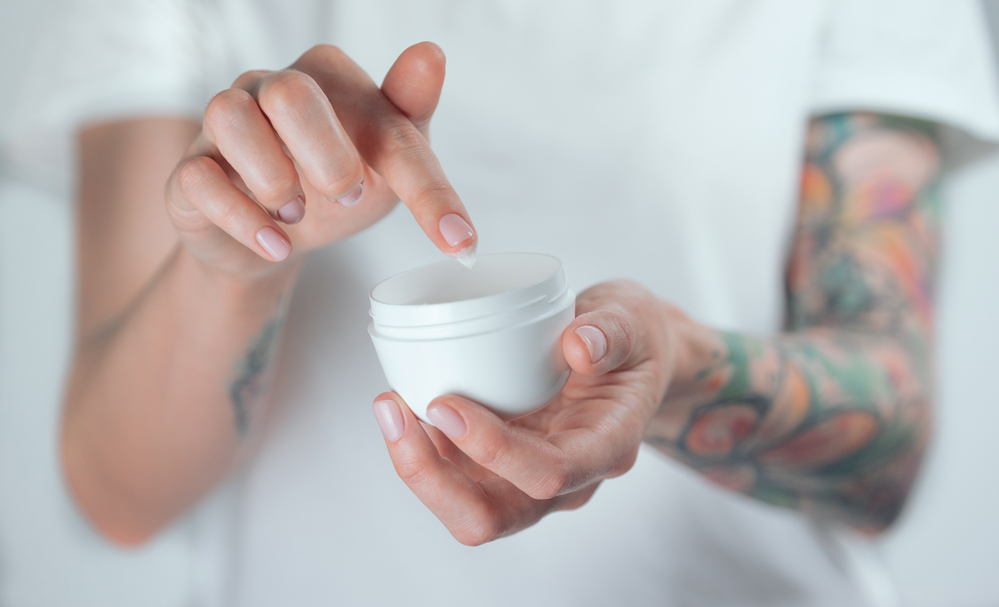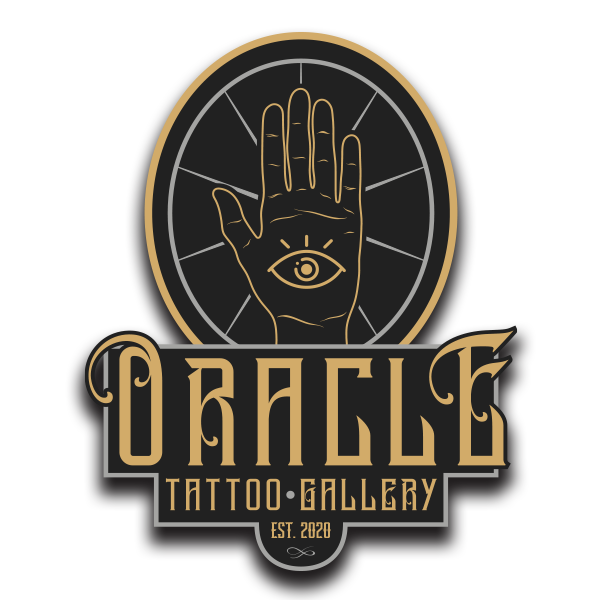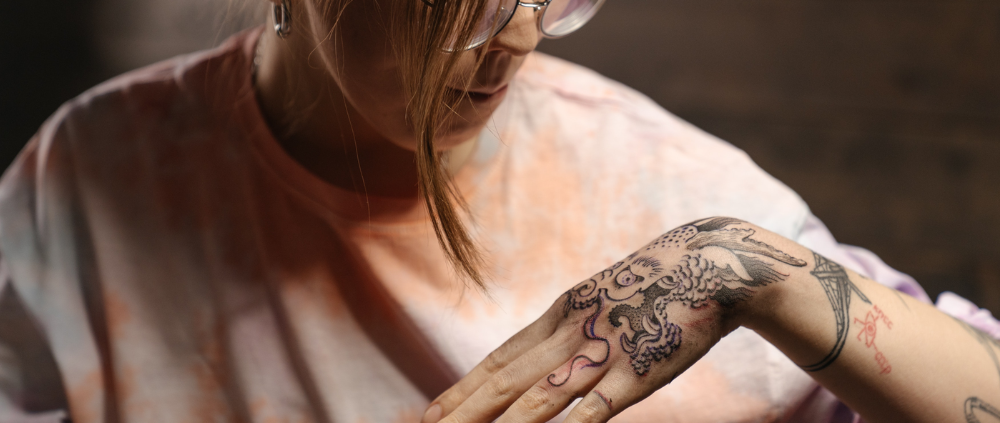My New Tattoo Is Swollen, Red and Bruised—Is This Normal?
If you’ve just gotten a new tattoo and it’s red and bruised, you’re probably wondering whether this reaction is normal.
Well, the answer is basically yes. The irritation results from the tattoo needle and ink piercing the skin and going into the different layers beneath the surface. When a foreign object enters the skin, your body will sense that a wound is occurring and the process the skin goes through takes effect. You’ll see both swelling and bruising.
Why Is The Swelling There
You can consider a new tattoo as an injury to your skin and your immune system records it. With this kind of injury, the affected blood vessels will react and a clot will form. A bruise will result at the site of the incision. While this is happening, the white blood cells and other natural chemicals in your body go to the injury site and fight any bacteria or virus that may attempt to invade the area where the needle has gone.
Swelling And Bruising With Tattoos
Depending on the location of the tattoo, swelling is just part of the skin’s reaction. You’ll see swelling where there is a considerable flow of blood to the area of skin or to the plumper parts of the body. A new tattoo will swell, particularly if it’s in the underarm or on the interior area of the leg, the neck, or your hands and feet. Technically, any place on the body can sustain swelling or bruising.
Blood Thinners And Skin Numbing Creams
If you’re planning on getting a tattoo, you’ll want to forego taking any kind of blood thinners, whether it’s coffee, aspirin, alcohol or specific medications. Don’ take any blood thinners before you get a tattoo, during the procedure or after you receive a tattoo, as they can bring on extensive swelling. That’s one reason I want to think about patronizing local tattoo shops near me for the best possible service if any issues arise.
Painkillers
If a painkiller is necessary when you receive a tattoo, use ibuprofen or panadol. Follow the exact package directions. You should consult your health care provider when taking any painkillers.
Skin Numbing
Skin numbing creams can exacerbate the skin. They limit the flow of blood with application and this can create an effect on the body’s nervous system. The skin becomes sensitive, which can increase swelling even more and limit the mending process of the body.

Skin Sensitivity
Skin Sensitivity is one more thing that can make a person vulnerable to both bruising and swelling. A person could have medical reasons or even blood conditions that make the skin subject to greater swelling and bruising.
Minimizing Bruising And Swelling
After you have gotten a tattoo, there are simple ways to minimize any swelling or bruising. This can be as a cool washcloth or even a package of frozen vegetables, but you don’t want to apply any frozen item directly to the area of a tattoo. You can wrap the cooling device in cotton cloth, gauze or muslin any material that is soft and absorbent. Applying this to the area for around 30 minutes. You’ll reduce the flow of blood to the tattoo site and reduce bruising and swelling. Pain and inflammation will be eased and healing will be faster.
Elevate The Area
Another way to soothe and diminish swelling around the tattoo is to elevate the area of the tattoo. If possible, keep the part of the body with the swollen tattoo above the heart for at least 24 hours. It may also help to lie down. Areas below the heart can be subject to bruising and swelling, as blood flow will affect them.
Hot And Cold Compresses
Once 48 hours have passed, you’ll want to use a warm washcloth in the tattoo’s area. This will help to step up circulation of blood to the area, which will aid in healing. Do this for 10-15 minutes several times a day. You want to alternate between cold and hot cloth placements and make sure the cloth is sanitary and clean the area after applying the compresses. You want to avoid infecting the area.
Stages Of Healing
After you have gotten a tattoo, any bruising and swelling should abate in a week to a month. That will hinge on whether it distressed your skin during the procedure and the location site of the tattoo. As your skin goes through the healing stages, the color of the bruise will change to a blue to purple patch and will then fade to a yellow-green appearance. Once the skin has gone through those stages, it should be a normal flesh color. The swelling should also lessen at the same time. Any fluids should also drain away from your body.
The skin will also go through itchiness. Within a few days or up to two weeks, the tattoo will show signs of peeling and will feel itchy. A scab could form and if it does, you want to allow it to drop off by itself. You want to avoid scratching it during this process.
Any swelling and bruising from a new tattoo should be for a short while. The area around the tattoo will exhibit some light-colored bruising, but this should be limited.
Healthy Food Reminders
If you want to speed up the recovery process and limit bruising and swelling, eat the right foods, like garlic and onion, as they aid in the healing process. Also, consume Vitamin C in supplements or foods such as citrus fruit and vegetables like broccoli and sweet potatoes. This vitamin is good for repairing tissues and speeding up the healing process.
You also want to consume healthy fluids. Water, juices, soups, and teas are good, but others you’ll want to avoid include processed foods, dairy products, white flour, and sugar.
Possible Signs Of Infection
Any kind of severe pain, fever, or oozing of green or white substances along with foul smells are indications of an infection. You should address any acute swelling that limits movement or brings on intense pain and goes beyond the tattoo. See a health care professional right away if you experience any of these symptoms. An infection can cause the tattoo ink to leak from your skin and cause the tattoo to look faded or damaged.
If you do suspect an infection, you’ll want to watch for the following symptoms:
• Pain worsens instead of going away
• Fever, chills, and shivering
• Rash appears with the tattoo area
• Pus appears in the tattoo
• Sores appear in the tattoo
• Redness gets darker and spreads within the tattoo
A tattoo is fixable, but you must seek treatment right away. Your health care provider will give you a prescription for either antibiotics or steroids to help with the infection. Any Philadelphia tattoo shop should be able to refer you to a medical professional who will help you.
If you have questions about the safety of a tattoo or are interested in tattoo services, contact the Oracle Tattoo Gallery. They’ll be happy to answer any of your questions. Call them at (215) 638-1601.




